-
Posts
1,781 -
Joined
-
Last visited
-
Days Won
8
Content Type
Profiles
Forums
Blogs
Gallery
Events
Store
Posts posted by azyeoman
-
-
A frack to a noncombatant with a great label.
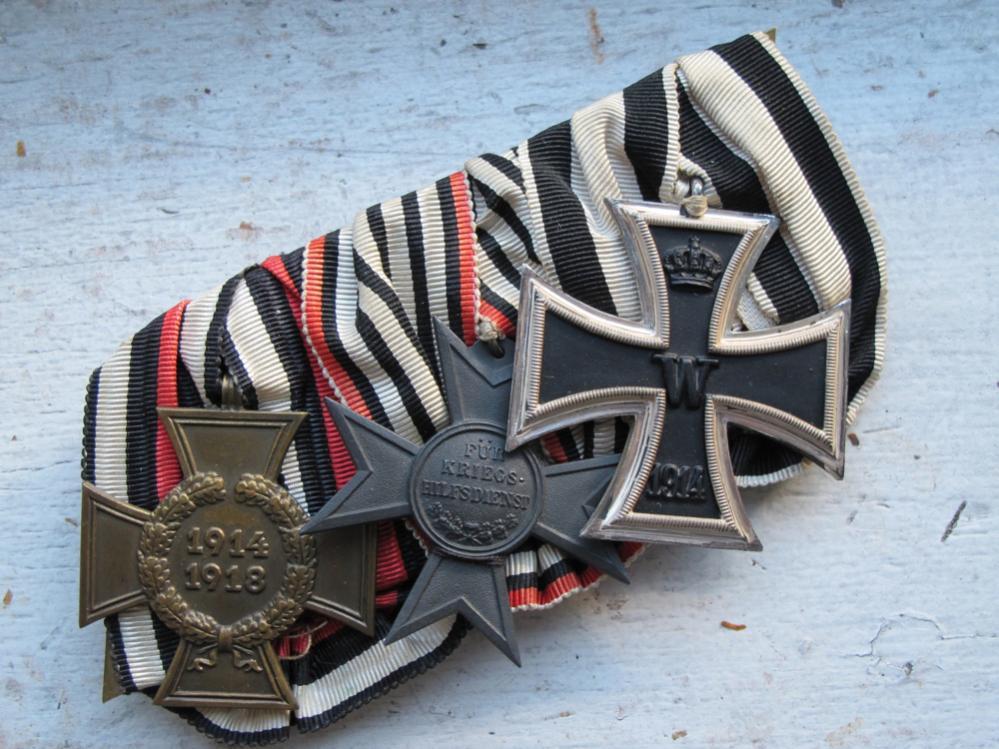
 0
0 -
I suspect you're three Wagners are now empty, eh?
 Happy New Year!!!0
Happy New Year!!!0 -

USS TICONDEROGA (1814-1825)
The first USS Ticonderoga was a 17-gun schooner in the United States Navy. It was part of Commodore MacDonough’s flotilla in the victorious Battle of Lake Champlain on September 11, 1814.
The USS Ticonderogawas commanded by Lt. Stephen Cassin. She was originally built as a steamer in Vergennes, Vermont. She served from 1814 to July 19, 1825.
Ship Statistics: Type: Schooner Displacement: 365 Tonnes Length: 37 Meters Armament: 8x 12-pounder guns 4x 18-pounder guns 3x 32-pounder carronadesWritten by Chris Carola, AP 30 Dec. 2012
ALBANY, N.Y. - The upstate New York village that bills itself as the birthplace of the U.S. Navy hasn't done much to preserve one of the service's oldest warship relics: the hull of a schooner that was the first in a long line of American vessels to carry the name Ticonderoga.
The wooden remains of the War of 1812 ship are displayed in a long, open-sided shed on the grounds of the Skenesborough Museum in Whitehall. They've been stored there since being raised from the southern end of Lake Champlain by a local historical group more than 50 years ago. Now, with the approach of 200th anniversary of the battle at which the first Ticonderoga gained its fame, a maritime historian is hoping something can be done to stem the deterioration of a rare naval artifact.
"It was recovered for all the right reasons but before we knew all the implications of a shipwreck and bringing it up into an air environment," said Arthur Cohn, senior adviser and special projects developer at the Lake Champlain Maritime Museum in Vergennes, Vt.
Cohn has suggested to museum officials that the hull needs be stored in an enclosed, climate-controlled building with interpretive displays telling the vessel's story. But the museum's director said such a project would be cost-prohibitive for her organization and for Whitehall, a village of 3,000 65 miles northeast of Albany on the Vermont border.
"That would take more money than anyone in the village of Whitehall could put together," Carol Greenough said.
In 1776, during the American Revolution, Benedict Arnold oversaw the building of a small fleet of vessels in what is now Whitehall. That October, Arnold led this ragtag flotilla north to Valcour Island off Plattsburgh, where the outgunned Americans were defeated but forced the British to put off their invasion of New York until the following year. Roadside signs in Whitehall tout the village's claim as the birthplace of the U.S. Navy, a distinction that's been claimed by several New England communities.
The Ticonderoga started out as a merchant steamer before the U.S. Navy bought it while it was still under construction. The Navy completed it as a schooner, armed it with more than a dozen heavy cannon and launched the vessel as the Ticonderoga in May 1814.
Four months later, on Sept. 11, the Ticonderoga was part of the American fleet that defeated the British at the Battle of Plattsburgh on the lake's northern end. The U.S. victory stopped the redcoats from advancing farther into New York and ended their efforts to invade from the north.
Afterward, the ship and several others were sent south to Whitehall, where they were anchored in a southern extremity of Lake Champlain known as East Bay. The Navy removed the Ticonderoga's rigging and fittings, and a decade later it was deemed unworthy of repair and sold. The ship eventually sank into the bay, its upper structure disappearing after years of exposure to wind, waves and ice.
Four other Navy warships have carried the name Ticonderoga, including a World War II aircraft carrier that saw action in the Pacific.
New York has no plans to preserve the Ticonderoga, but local entities could apply for matching funding for such a project, according to Mark Peckham of the state parks department.
The locations of several British and American shipwrecks from the Revolutionary War and War of 1812 have been found in the Great Lakes and Lake Champlain, but the Ticonderoga remains one of a handful of warships from those conflicts that's easily accessible to the public, Peckham said.
"This has survived better than most," he said.
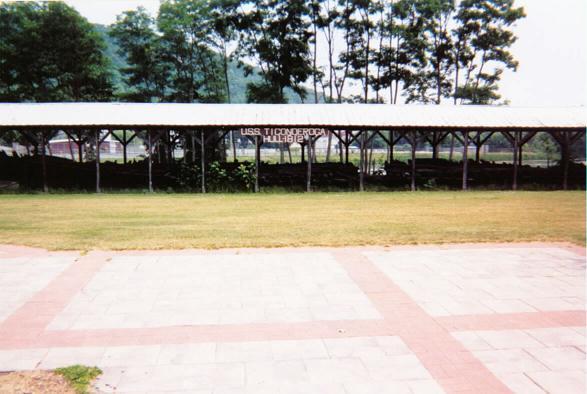 0
0 -
Its the first hungarian without swords i have seen... I may have seen them, but it is the first time I have noted one....
It's actually quite rare to find mounted on a bar. I've got one as shown here and it's the only one I had ever seen until the above photo of one. It's obvious why it's a non-combatant bar.
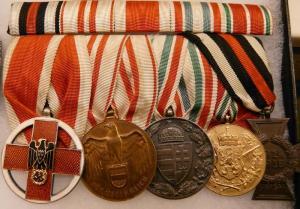
 0
0 -
Wow... that was fast! Thank you very much!
0 -
This photograph taken in 1918, shows employees of the New York Central Railroad at a celebration in Victory Way, showing off a pyramid of recovered German helmets in front of Grand Central Terminal. There are two cannons in the shot, one on either side; and there is a statue—possibly of Greek goddess of victory, Nike—on top of the pile.
“Victory Way” was set up after World War I ended—captured German war equipment was displayed on Park Avenue just near Grand Central to help raise money for the 5th War Loan. Each end of Victory Way had a pyramid made up of 12,000 German helmets. The helmets were to be given away to large contributors to the 5th War Loan.
 0
0 -
Have recently acquired this broken group/pair. Does anyone know the whereabouts of the '15 Star and plaque? Any photos or other info out there would be greatly appreciated. Thanks in advance.
B.W.M. & V.M. (Lieut).
Eentitled to a 1914-15 Star and plaque
His M.I.C. shows entitlement to a Trio as a Lieut. in the Uganda Police Service Battalion - he served in Theatre 5a (East Africa) from 1/12/14. His mother applied for his medals via the Adjutant-General on 16/6/22 and the Under Secretery of State for the Colonies applied for the Star on 9/10/22.
William Kyrle Maturin died on 29/1/15 and is buried in Mbarara (St. James) Churchyard 180 miles south-west of Kampala.
He was the second son of Colonel Frederick Maturin of the East Surrey Regt. and was born in 1885. He was educated at Elizabeth College, Guernsey, 1894-95 and at Tonbridge School 1898-1901 (day boy and School House).
He served at first with the Transvaal Mounted Police and on retiring was commissioned into the British East Africa Police; he was later Staff Officer to the Inspector-General of Police in British East Africa and Uganda, and an Asst. Dist. Supt. of Police in B.E.A., Uganda and the Nile.
He is listed in the school registers of both Elizabeth College and Tonbridge School; in the former he is shown as being killed in action on 29/1/15 whlst the latter shows him as dying of blackwater fever on 29/1/15.
0 -
Obverse of New Zealand pair
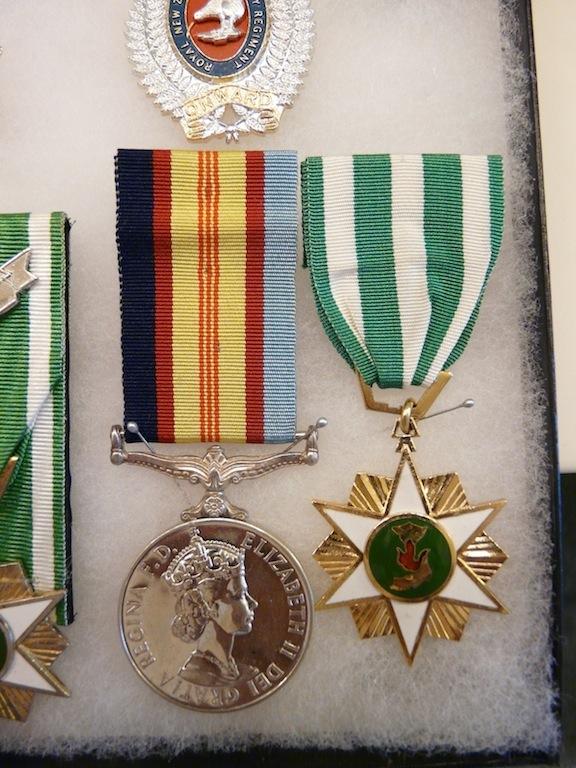 0
0 -
-
-
Obverse Saxon-Altenburg with a nice parade mounted mini-group.
 0
0 -
obverse Saxon-Herzogtmer
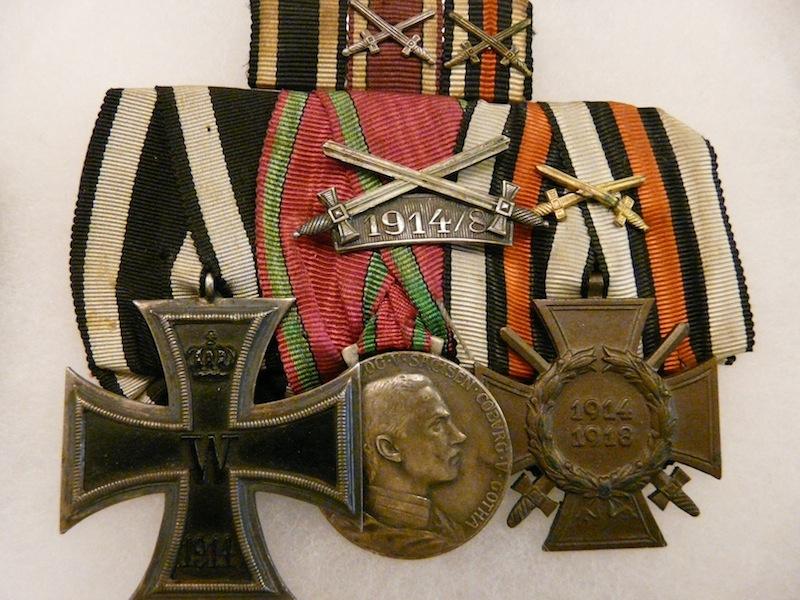 0
0 -
http://gmic.co.uk/uploads/monthly_01_2013/post-7116-0-65139400-1358038667.jpgObverse Schwarzburg-Sonderhausen
0 -
-
-
-
-
obverse Mecklenburg-Strelitz
 0
0 -
Obverse Mecklenburg-Schwerin
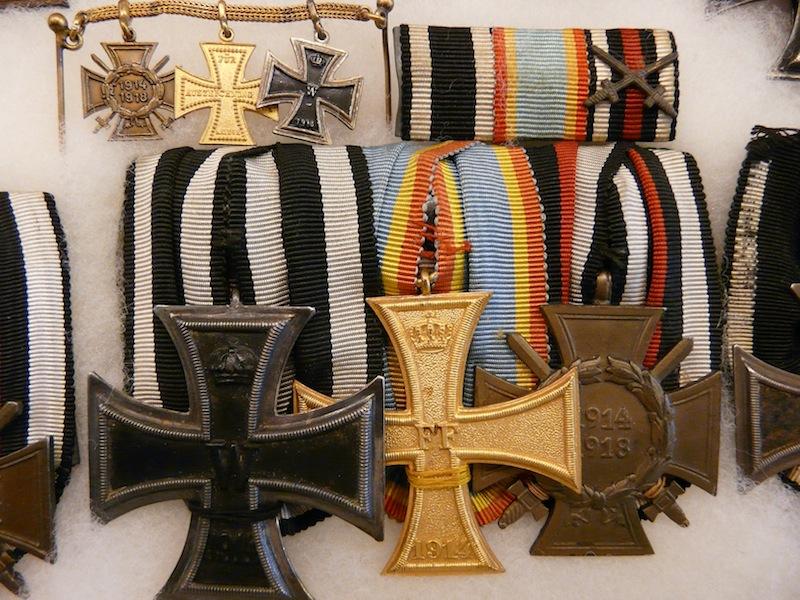 0
0 -
-
Obverse Schaumburg-Lippe
 0
0 -
-
-



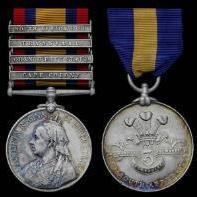
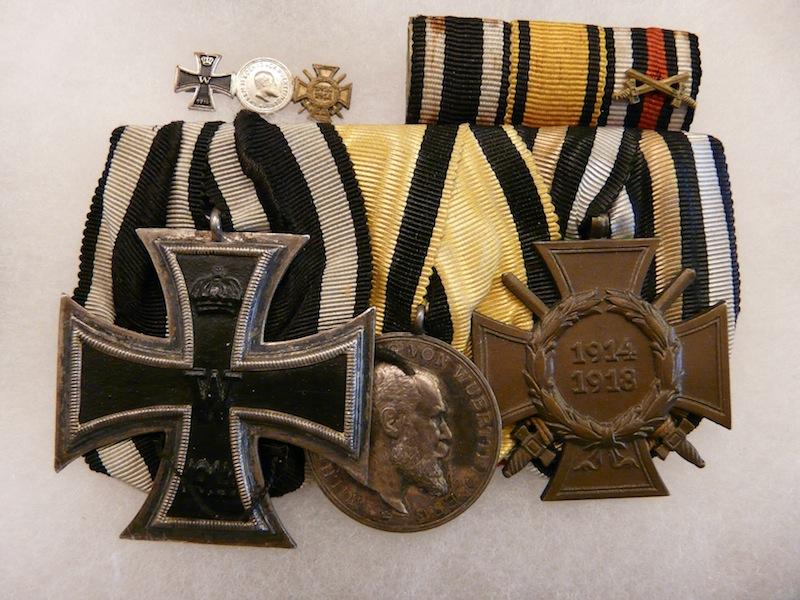
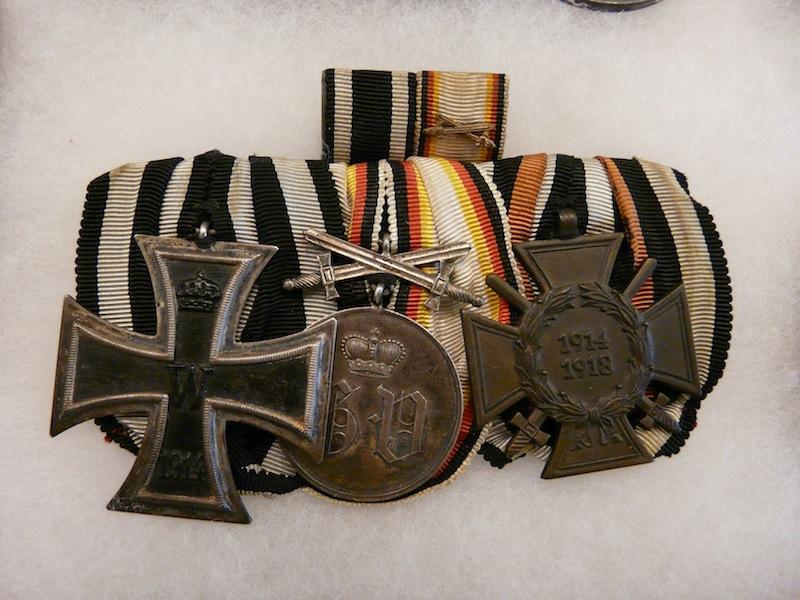
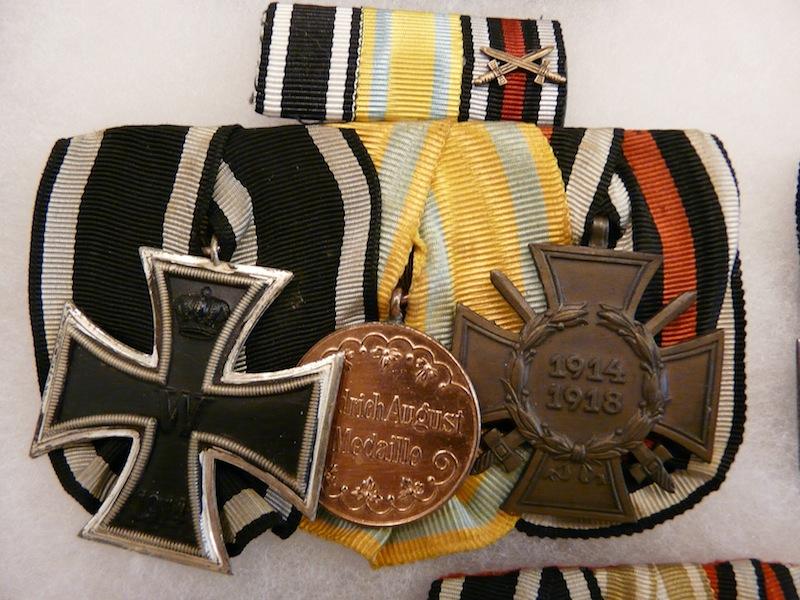

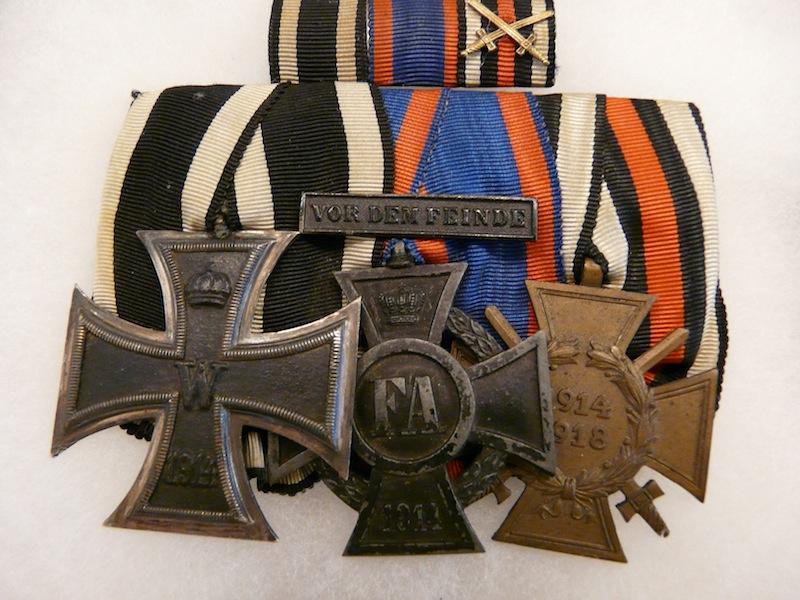
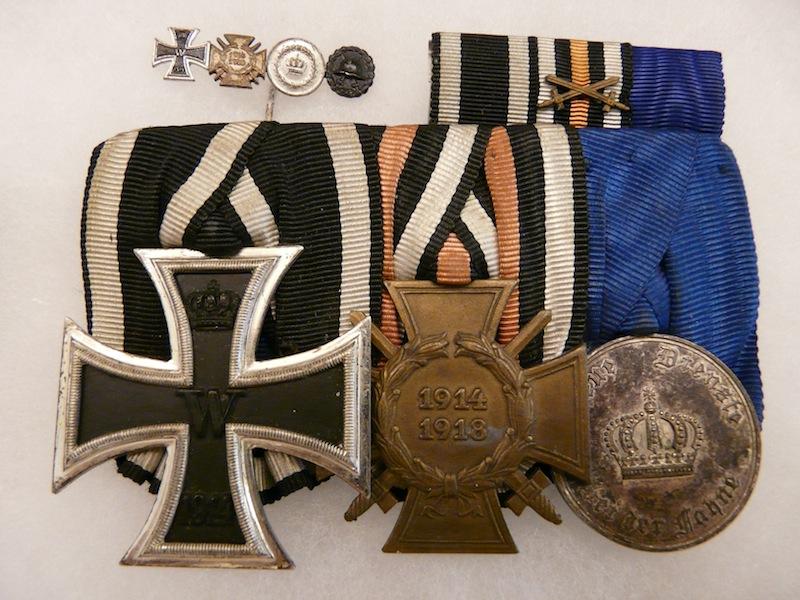
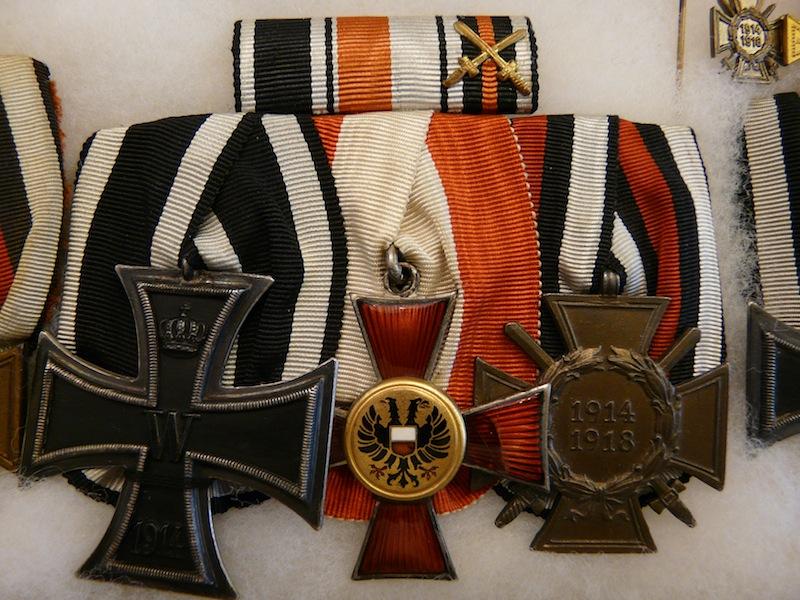
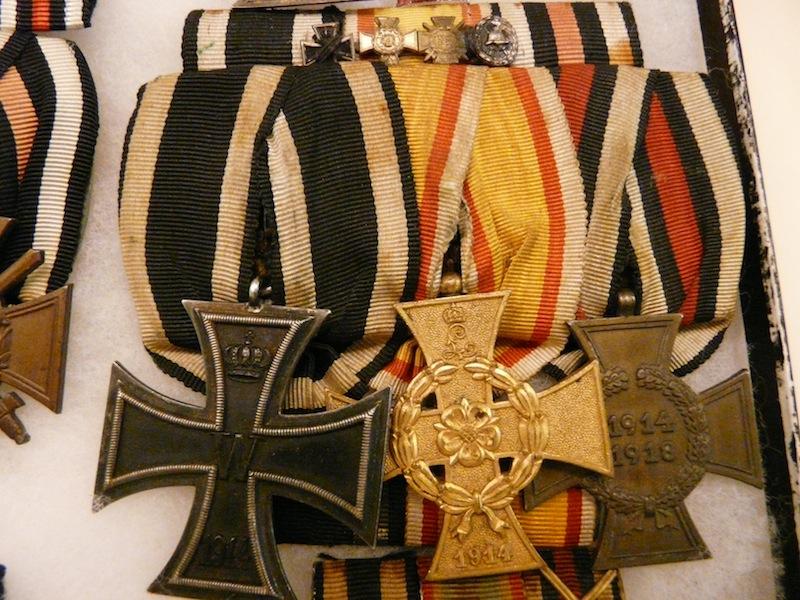
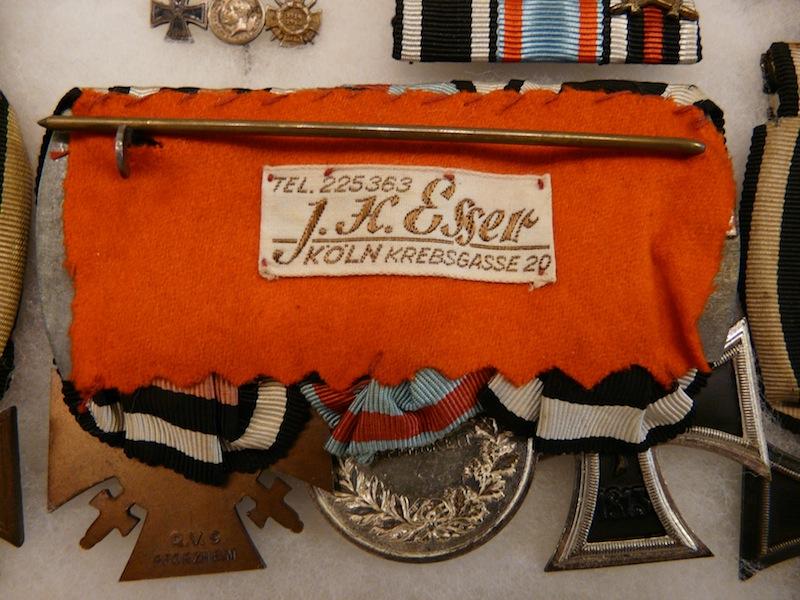

Tailor Labels for British Medal Bars: a photo reference list
in Great Britain: Orders, Gallantry, Campaign Medals
Posted
K & D Medals tailor label